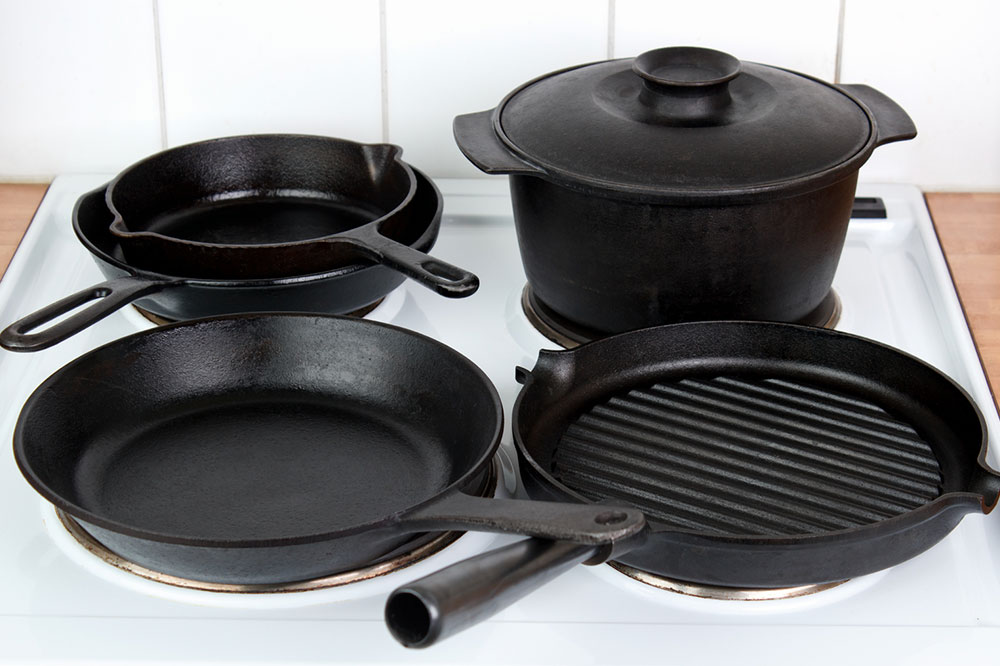7 household items that may cause cancer

Certain environmental factors are among the most common cancer-causing agents. However, when people discuss environment-based carcinogens, not many focus on the threats within the household. Several household items pose just as grave a danger as radiation exposure for vulnerable people. The risk is more significant as people spend more time indoors than away from home. That said, here are a few household items linked with cancer that one should vary of:
Non-stick cookware
Non-stick cookware is a staple commodity found in most, if not all, homes. Non-stick items are helpful to avoid soaking utensils in water overnight and scraping off stuck food from pans. However, non-stick cookware is created using a chemical compound named polytetrafluoroethylene. This chemical is the main component of such cookware’s “non-sticky” coating.
Several research studies have found that polytetrafluoroethylene is a carcinogen and can cause other harmful health effects and allergies if consumed for long periods. While purchasing cookware, one can check the percentage of polytetrafluoroethylene and look for substitutes.
Couches and sofas
Now, couches and sofas are the default resting spots for most people. However, the health risk associated with couches and sofas goes much deeper than how they make people averse to daily exercise. Several mattresses, sofas, and cushioned furniture are made with TDCIPP as a side component. TDCIPP is a cancer-causing flame retardant. Also, it is a significant part and causative agent of household dust. To avoid this risk, people can check the furniture label they buy while shopping.
Sofas and couches built with minimal to no involvement of TDCIPP must be considered to stay on the safer side.
Leather-based chairs
Tanned leather, certain textiles, and wood furniture contain a well-known cancer agent called Chromium (VI). Most leather goods such as shoes, carpets, sofa covers, and chairs can contain this dangerous element.
Once again, an easy way to avoid coming into contact with this chemical is to do away with leather goods or check the label before purchasing such items. All in all, leather goods are among the most common household items linked with cancer.
Old fridge
Refrigeration systems, especially the older ones, are filled with the ultra-carcinogenic compound known as PCBs. PCBs are not found in most newer models of refrigerators, electrical transformers, and fluorescent lighting fixtures. Still, most older items are carcinogens radiating health risks within one’s home. Worryingly, up to 70 percent of old electronic goods are still in the environment.
It would be good to eliminate older refrigerators and purchase newer ones to sidestep this risk.
Air fresheners
Nearly all air fresheners contain hazardous compounds that can cause malignancy in people. Therefore, it is advisable to use air fresheners judiciously or, at the very least, purchase organic ones containing minimal chemicals.
Scented candles
Like air fresheners, scented candles also may contain dangerous chemicals that can trigger abnormal cell growth in people. For example, one can check if organic options are available at their local market instead of chemical-based candles.
Microwave oven
The combination of plastic boxes and microwave ovens can be cancer-causing in individuals. Therefore, transferring food from a plastic box into glass or ceramic bowls before microwaving them is wise. This can reduce cancer risk drastically.

